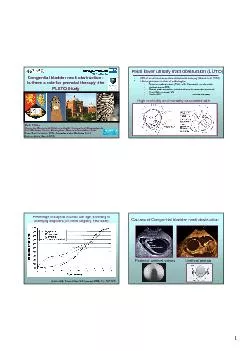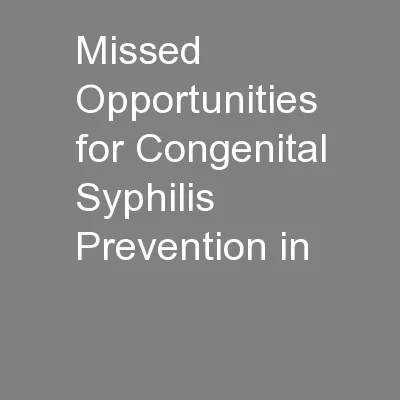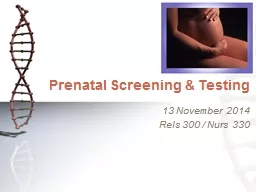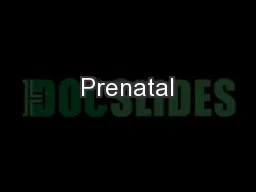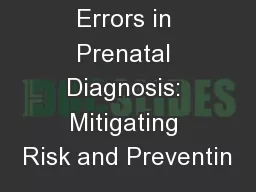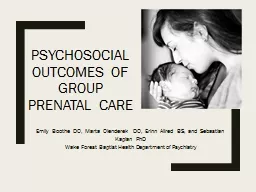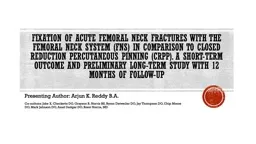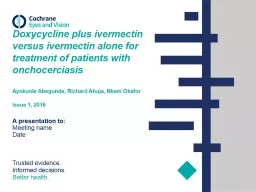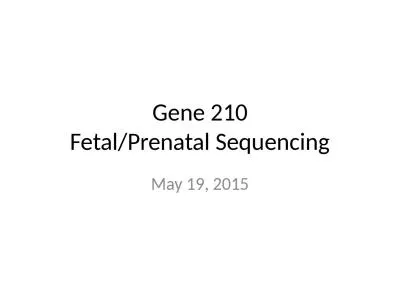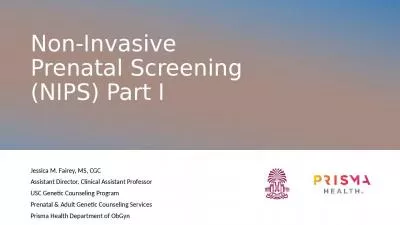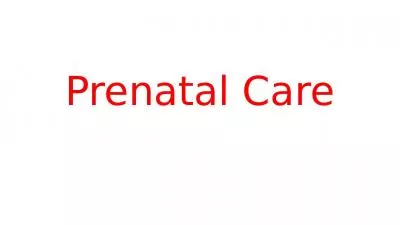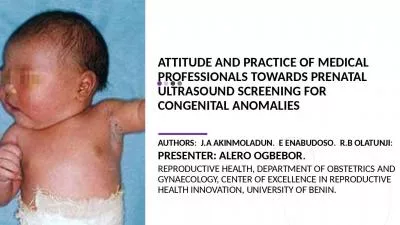PDF-Congenital bladder neck obstruction Is there a role for prenatal the
Author : linda | Published Date : 2021-06-09
1 Mark D Kilby High morbidity and mortality associated with Fetal lower urinary tract obstruction LUTO30 of renal tract anomalies detected at autopsy Brand et al
Presentation Embed Code
Download Presentation
Download Presentation The PPT/PDF document "Congenital bladder neck obstruction Is ..." is the property of its rightful owner. Permission is granted to download and print the materials on this website for personal, non-commercial use only, and to display it on your personal computer provided you do not modify the materials and that you retain all copyright notices contained in the materials. By downloading content from our website, you accept the terms of this agreement.
Congenital bladder neck obstruction Is there a role for prenatal the: Transcript
Download Rules Of Document
"Congenital bladder neck obstruction Is there a role for prenatal the"The content belongs to its owner. You may download and print it for personal use, without modification, and keep all copyright notices. By downloading, you agree to these terms.
Related Documents

